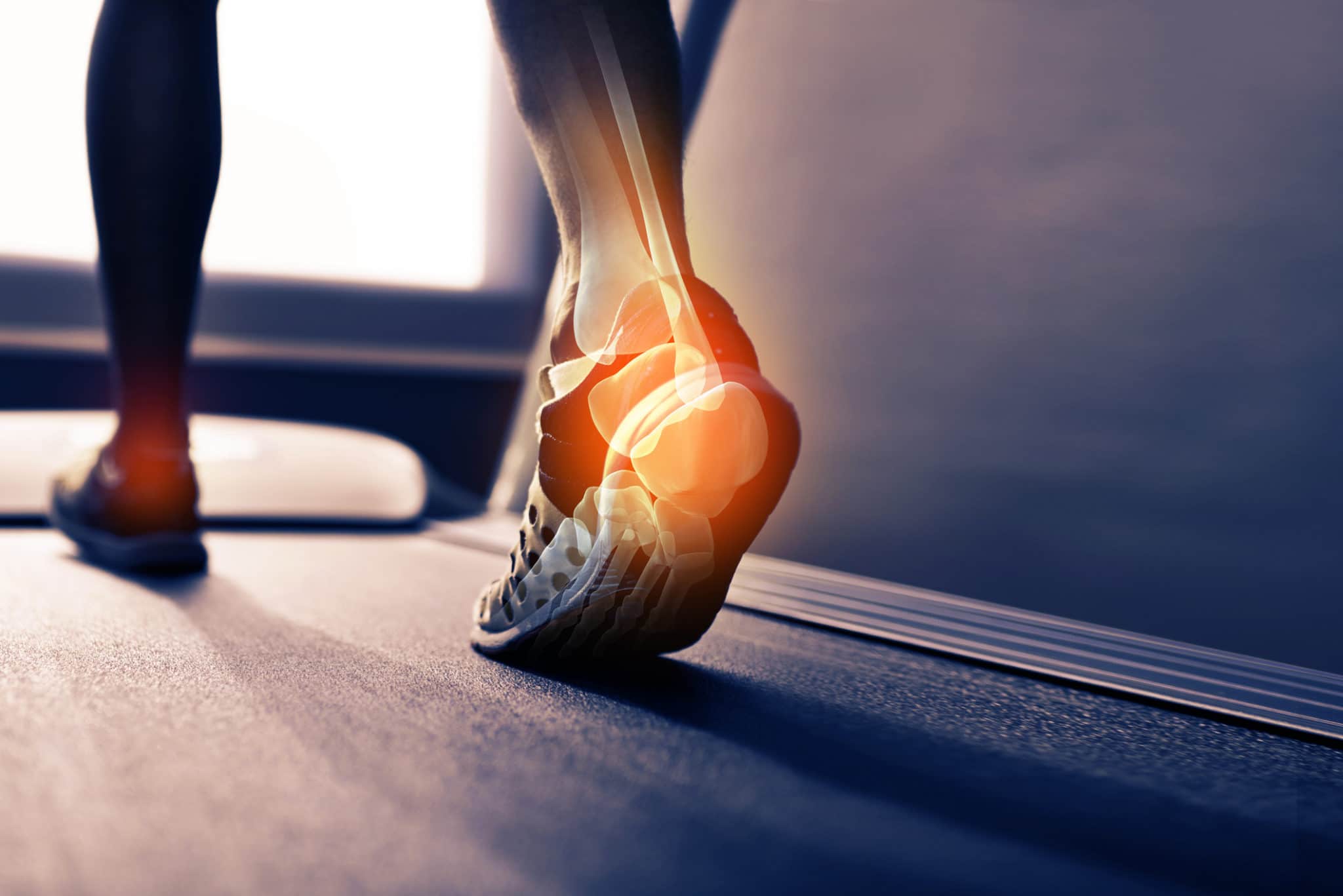What is a Sports Injury?
Sports injuries are injuries that occur when you’re playing a sport or when exercising. In many patients, they are the result of overtraining, as the person hasn’t allowed his or her body and feet to recover after their activity. They can also be the result of worn-out shoes in the case of runners. Improper technique can lead to injuries, as can a failure to properly warm up.

When we address sports injuries at Precision Foot and Ankle, our focus, as you would assume, is on your feet. Our feet become injured in both the soft tissues of the tendons, ligaments, fascia, and bursae, and the bones.
Can You Sue for a Sports Injury?
It is difficult to sue for a sports injury. This is because engaging in sports and exercise involves a legal presumption known as “assumption of risk.” That means when you voluntarily play a sport, you assume the risk that you could get injured while playing that sport, and no one else can be held liable if you do get hurt.
To successfully sue for a sports injury, you would need to overcome this presumption. Of course, you can attempt to sue, but these cases are often dismissed before ever advancing.
There is another factor that comes into play when injured playing a sport in a sports league. Participants in these leagues are invariably required to sign a mandatory consent waiver. This applies to both adults and parents of children playing a sport. These forms prevent you from suing the school or athletic league for “ordinary negligence,” which means injuries arising from inherent risks in the sport.
What are the Most Common Sports Injuries?
Sport injuries run the gamut, from broken bones to concussions to damaged joints. At Precision Foot and Ankle, our focus is on sports injuries to the feet. These are the most common sports injuries we see and treat:

- Achilles’ Tendinitis — The Achilles is the longest tendon in the body, connecting the two primary calf muscles to the bone in the heel. The tendon runs lengthwise down the back of the ankle, and it is particularly susceptible to inflammation due to overuse. This is Achilles’ tendinitis.
- Plantar Fasciitis — Nearly two million people in the U.S. develop plantar fasciitis every year. It occurs when the fascia band of tissue in the arch of the foot becomes inflamed, causing sharp pain in the heel of the foot.
- Stress Fractures of the Feet — The impact of excessive and repetitive force can cause microscopic damage to the bones in the feet. Unlike acute fractures due to traumatic injury, stress fractures are the result of repetitive impact accumulating over time. When the bones and their supporting muscles are not allowed to heal between exercise sessions, tiny cracks in the bones can form.
- Ankle Fractures — A fracture in one of the bones of the ankle is the result of traumatic injury or impact. People confuse fractures with ankle sprains, but they are much different. Fractures can occur in one or multiple bones in the ankle and feet.
- Ankle Sprains — Ankle sprains occur when the ligaments that connect the bones become overly stretched or torn. One of the most common foot and ankle injuries is the high ankle sprain, where the syndesmotic ligament that runs from the knee down to the ankle is stretched.
What People Say
Are there Situations with Sports Injuries where You could be Able to Sue?
There can be some exceptions to the assumed risk discussed above, where a participant or parent could be able to sue. These include the following:
- Intentional Acts — If another player intentionally injures you or your child you may be able to sue them for any losses that you incur.
- Recklessness — An athlete that recklessly injures another athlete may be held liable for the injuries that come after.
- Product Liability — Under product liability law, defectively designed, manufactured, or marketed sports equipment that causes injury may give rise to a legal claim.
- Negligent Coaching — Negligent coaching is a common allegation among sports injuries. If a coach puts a player in an unreasonable or dangerous situation, he or she may be liable.
What are some Potential Personal and Financial Consequences that come from a Sports Injury?
Considering we need healthy feet to get around, the personal consequences of a sports injury to our feet can make quite an impact on your quality of life. Foot pain can make something as simple as going to the grocery store an exercise in pain. If your job requires you to be on your feet, such as a flight attendant or retail clerk, foot pain makes it almost impossible to work.
How can a Lawsuit Help You Deal with the Consequences of Your Injury?
As mentioned above, sports injuries in the vast majority of cases fall under the “assumption of risk” category of the law. That means you assumed you could get hurt playing the sport or doing the exercise, and you have no recourse. There are cases, however, where you may be able to prove the injury was the fault of others or due to product issues, as described above.
Should you be able to prove this, any work you miss, or other costs incurred in your treatment and rehabilitation, could be covered by the party at fault.
If you are experiencing any type of Sports Injuries, contact one of our Doctors at the Precision Foot and Ankle.
